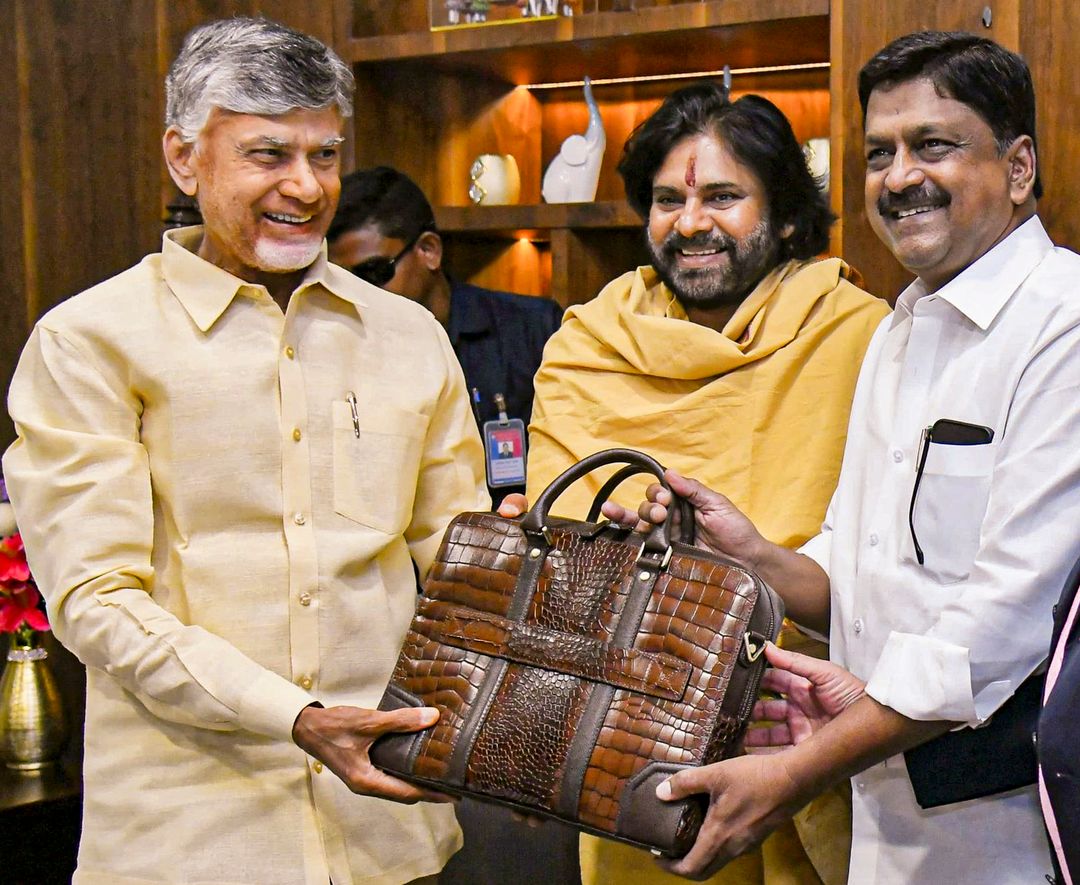
Amaravati, Feb 28: The Andhra Pradesh government, under the leadership of the Telugu Desam Party (TDP), has unveiled its budget for the fiscal year 2025-26, emphasizing welfare initiatives and economic revival. Finance Minister Payyavula Keshav tabled the ₹3.22 lakh crore budget, prioritizing schemes for farmers, fishermen, students, and marginalized communities.
Key Welfare Allocations
A significant highlight of the budget is the rollout of the Talliki Vandanam scheme, a part of the ruling coalition’s “Super Six” election promises. Under this initiative, ₹15,000 will be provided annually to schoolchildren from Class I to XII in both government and private institutions. An allocation of ₹9,407 crore has been earmarked for this scheme.Farmers will receive an annual financial aid of ₹20,000 under the Annadata Sukhibhava scheme, for which ₹6,300 crore has been set aside. Fishermen, during the ban period, will receive doubled financial relief of ₹20,000.
Additionally, the Deepam-2 scheme, which provides three free LPG cylinders per year to over 90 lakh eligible beneficiaries, has been allotted ₹2,601 crore.
Major Budget Allocations by Sector
The budget breakdown reflects a focus on social welfare and infrastructure development:- Scheduled Castes (SC) Welfare: ₹20,281 crore
- Scheduled Tribes (ST) Welfare: ₹8,159 crore
- Backward Classes (BC) Welfare: ₹47,456 crore
- Minority Welfare: ₹5,434 crore
- School Education: ₹31,805 crore
- Health, Medical, and Family Welfare: ₹19,264 crore
- Panchayati Raj & Rural Development: ₹18,847 crore
- Municipal Administration & Urban Development: ₹13,862 crore
- Energy Sector: ₹13,600 crore
- Transport, Roads & Buildings: ₹8,785 crore
- Water Resources: ₹18,019 crore
- Home Department: ₹8,570 crore
- Housing Sector: ₹6,318 crore (including completion of seven lakh houses under PMAY by March 2026)
Vision for Economic Revival and Development
Finance Minister Keshav emphasized the government’s commitment to fostering economic growth despite an estimated revenue deficit of ₹33,185 crore (1.82% of GSDP) and a fiscal deficit of ₹79,926 crore (4.38% of GSDP). He highlighted Amaravati’s progress as a self-financing capital city with funding secured from the World Bank, Asian Development Bank, and HUDCO.Additionally, the state aims to become a green hydrogen hub, signaling a shift towards renewable energy. The government is also set to launch an insurance-based health coverage scheme of ₹25 lakh per family in the next fiscal year.
Ratan Tata Innovation Hub and Startup Ecosystem
A major initiative announced in the budget is the establishment of the Ratan Tata Innovation Hub in Amaravati, aimed at nurturing startups and fostering an entrepreneurial ecosystem. It will be linked to five zonal centers, each supported by a major business group, to enhance skills and technology in emerging industries.Opposition Criticism
The budget presentation was met with sharp criticism from former finance minister and YSRCP leader B Rajendranath Reddy. He accused the ruling NDA government of focusing excessively on the previous administration’s shortcomings rather than delivering on its promises. Reddy also demanded clarity on the state's public debt, which he claimed had been omitted from the budget details.As the TDP-led government pushes forward with its fiscal plans, the focus remains on fulfilling its electoral promises while addressing the economic challenges inherited from the previous administration.